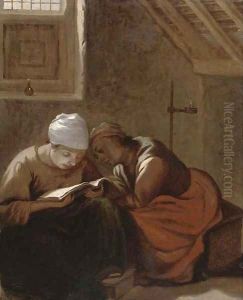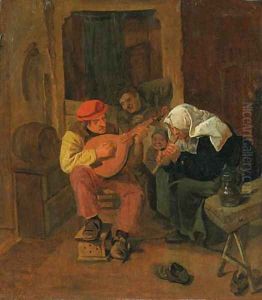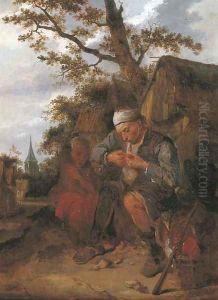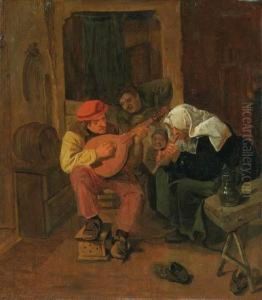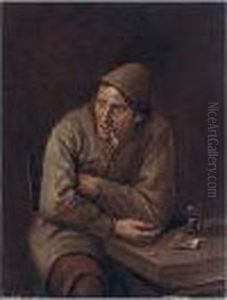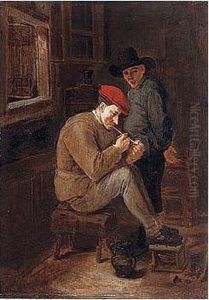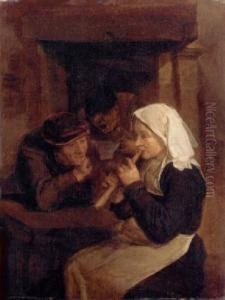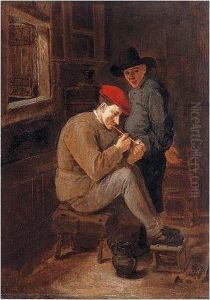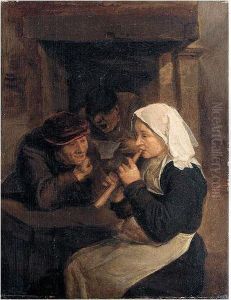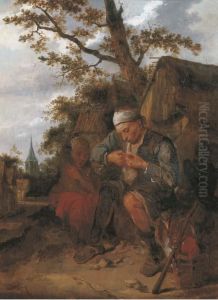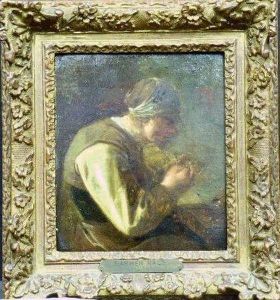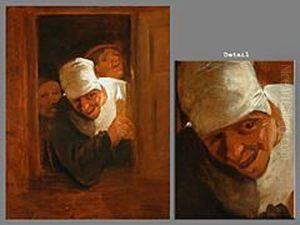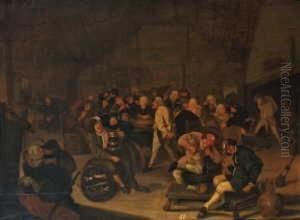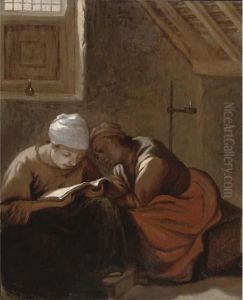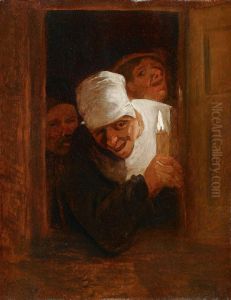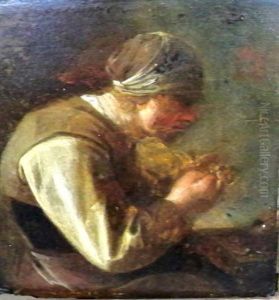Harmen Fransz. Hals Paintings
Harmen Fransz. Hals, more commonly known as Frans Hals, was a pivotal figure in the Dutch Golden Age of painting. Born in either 1582 or 1583 in Antwerp, Spanish Netherlands (now Belgium), Hals moved to Haarlem with his family as a child, fleeing from the Spanish persecution of the Dutch Reformed Church. It was in Haarlem where Hals spent most of his life and where he would make his mark as one of the most innovative and celebrated portrait painters of his time. Hals was trained by the Haarlem painter Karel van Mander, who was not only an artist but also a writer who penned an influential book on painters of the North. Hals began his artistic career around 1610, and quickly developed a distinctive style characterized by a vivid sense of realism, lively depiction of his subjects, and a remarkable use of brushwork that gave his paintings a sense of immediacy and spontaneity. Unlike many of his contemporaries who favored more polished and refined images, Hals' portraits seemed to capture the essence of the sitter in a more raw and honest manner. This was revolutionary at the time and would influence generations of painters to come. Despite his artistic success, Hals' personal life was fraught with difficulties. He married twice and had many children, several of whom also became painters. Financial struggles were a constant part of his life; he lived in poverty for much of his later years and was supported by the city of Haarlem in his old age. Hals died in 1666 in Haarlem and was buried in the city's St. Bavo's Church. Hals' legacy is vast, with his works held in high esteem and featured in major museums around the world. His ability to capture the spirit and personality of his sitters made him a master of portraiture. His influence extends beyond his immediate followers in Haarlem to affect artists across Europe and into the modern era. His work is seen as a bridge between the detailed realism of the earlier Dutch tradition and the looser, more expressive brushwork that would characterize later European painting.
